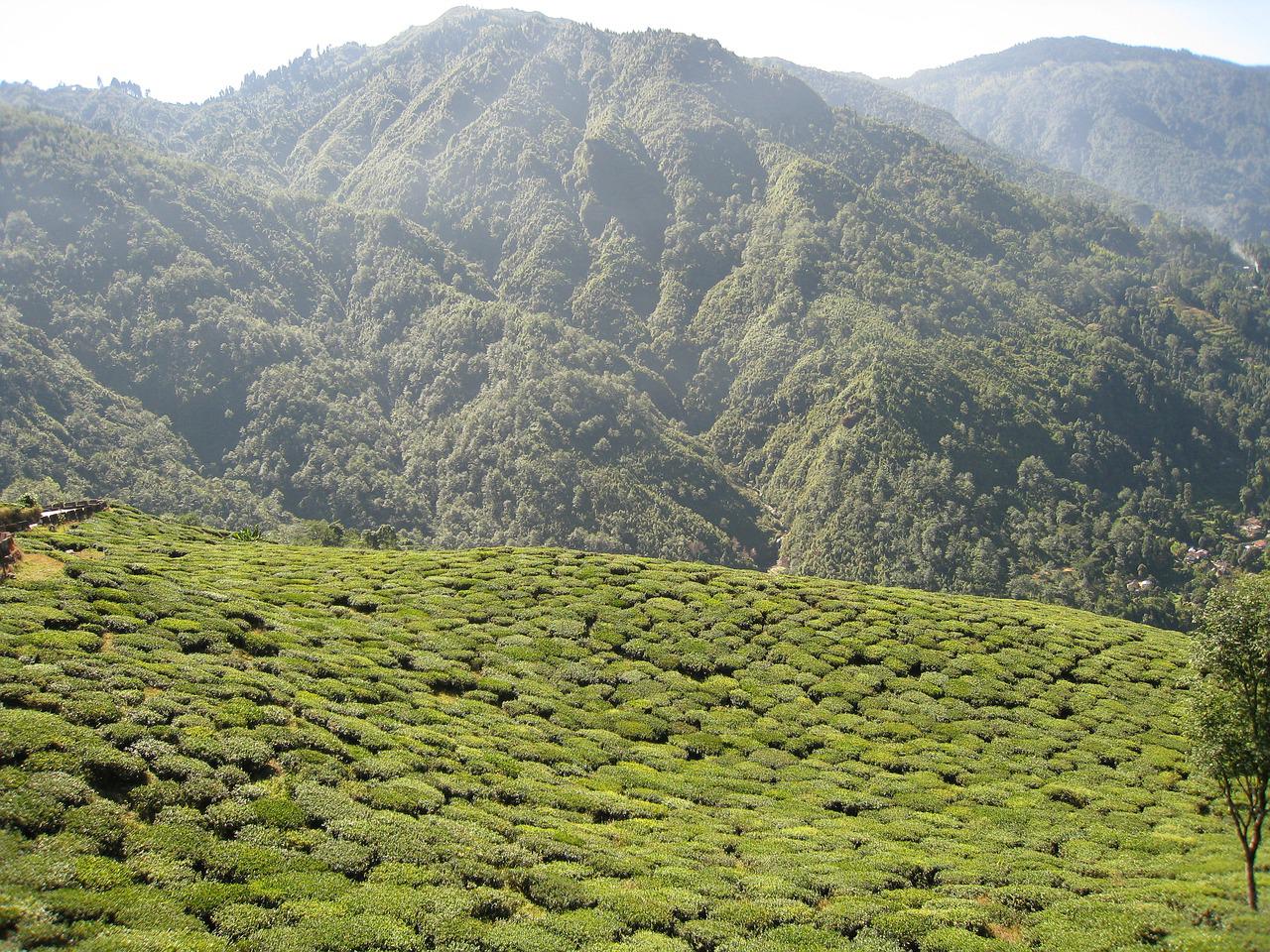
Darjeeling Tea Flushes Explained
Most of Darjeeling’s popular teas are categorized as first or second flush teas. While the terms sound like part of the tea’s unending and cryptic lexicon, they are actually easy to explain and understand. And for once, this argot is handy when it comes to buying Darjeeling tea.
After the winter dormancy of 3-4 months (November - February end), new leaves start sprouting in the tea bushes with the arrival of spring. This sprouting of leaves on the bushes is described as a “flush.” The spring flush is known as the first flush.
The first flush teas are more delicate in its taste and flavor profile. The notes are more floral and there is a level of astringency that gives the cup a “bite.” Please note that a tea with balanced level of astringency is a desirable character, although the word might immediately evoke a negative response. You don’t want the astringency to pop over other nice flavors of the tea, neither do you want it completely absent.
First flush tea, in its dry form, also has a more greenish character. You will find more green leaves in them and in some cases they can look deceptively similar to green teas. The liquor tends to be clear, bright and pale lemon in color, and the taste has a long lingering effect.
However, it is not until two months later when the character of the leaves begin to change due to rising temperatures and the “second flush” begins.
The second flush teas of summer look more purplish-brown in its dry form. The cup itself is more robust in body and color - a rich amber. Also the flavors are more pronounced, particularly the “muscatel” character in the well made ones. (The word muscatel is derived from muscat, a kind of grape known for its sweet, floral aroma.) Overall second flush teas have a fruity-floral character.
Notice the difference in the liquor of the three seasons. While there may not be a sharp difference between autumn and summer, the first flush teas of spring have a more clearer color. Also if you can notice the first flush teas have a greener hue.[/caption]
It is best to try both types of tea to see which one would end up being your preference. There are some people I know who only drink first flush and some who will not trade their second flush for anything. But there are also a large number of tea drinkers who switch from one to the other depending upon their “mood.”
Personally, I like my first cup of tea in the morning to be a first flush. I don’t like to be jolted awake, and a fine delicate cup wakes me up gently and lovingly. However, I do like the stronger cup of second flush in the afternoon when I feel my energy dipping. It makes for a perfect pick me up.
After summer there is nearly five months of monsoon in Darjeeling hills. The rain is ceaseless; everything gets so damp that mould grows even upon plastic! During this time there is a lull in tea production. The tea made during this time is called “rains tea” and its quality is diluted because of the high moisture content in the leaves. The tea from this period is cheap and mainly used for making blends.
The rains stop toward end of September and by mid October to mid November the “autumn flush” is produced. The tea from this period traditionally did not find a place in the same table where the first and second flushes sat. The tea was thought to be a bit harsh of this period. However, in recent years manufacturers by paying more attention to the production methods have managed to improve the quality of the autumn flush. There are now quite of few very good autumnal Darjeelings out there.
So now you know: if you hear “flushes” next time you know we are talking about the sublimities of Darjeeling tea and not something totally different and painfully ordinary.

